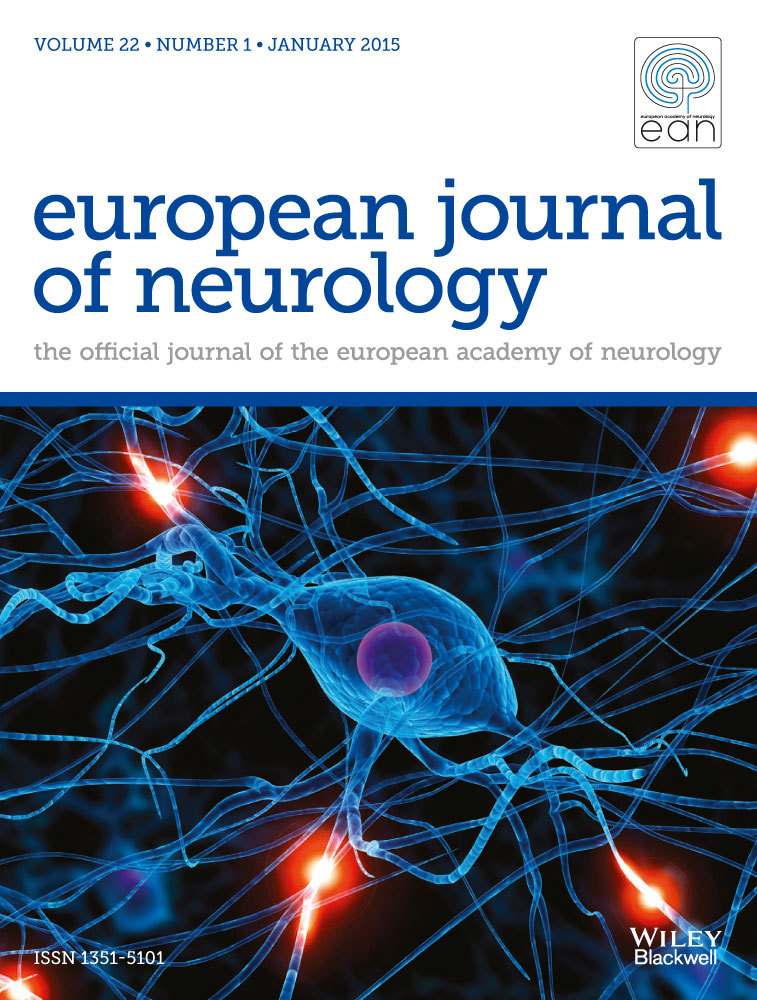Clinical Findings in Temporal Lobe Epilepsy Associated With Isolated Amygdala Enlargement
Abstract
Background
Mesial temporal lobe epilepsy (mTLE) infrequently presents with isolated amygdala enlargement (AE), but its relevance remains ambiguous. We therefore investigated clinical, imaging, and histopathological findings in mTLE-AE compared to non-lesional mTLE (mTLE-NL) patients, and additionally strategies for identifying AE.
Methods
We detected AE by automated volumetry of otherwise unremarkable magnetic resonance images of mTLE patients, compared with a healthy comparator. Autoimmune inflammation as an AE cause was excluded using the Graus criteria. We compared clinical and neuropsychological variables between mTLE-AE and mTLE-NL. Secondary assessment of AE was by neuroradiologist visual detection.
Results
Of 63 mTLE patients, 15 had mTLE-AE. In these, normalized mean volume was 1857.58 mm3 (SD = 207.38) for the left, 1973.09 mm3 (SD = 214.91) for the right amygdala, 2003.34 mm3 (SD = 218.85) for the larger and 1827.34 mm3 (SD = 179.85) for the smaller amygdala. Mean volume in the healthy control subjects was 1853.4 mm3 for the left (SD = 212.44) and 1895.2 mm3 for the right amygdala (SD = 224.29). Clinical parameters including age, sex, epilepsy duration, history of febrile convulsions, drug resistance, neuropsychological performance, surgical outcome, and medications did not differ significantly between mTLE-AE and mTLE-NL. Histopathological findings in mTLE-AE included dysmorphic neurons, potential tumors, and focal cortical dysplasia. Neuroradiologists independently described AE in 37 of 63 mTLE patients.
Conclusions
mTLE-AE has no specific clinical profile compared to non-lesional mTLE and features diverse underlying pathologies. Volumetric detection appears more conservative than conventional qualitative visual analysis, but may miss cases of subtle AE. Combining automated volumetry with visual assessment may improve AE detection.

 求助内容:
求助内容: 应助结果提醒方式:
应助结果提醒方式:


